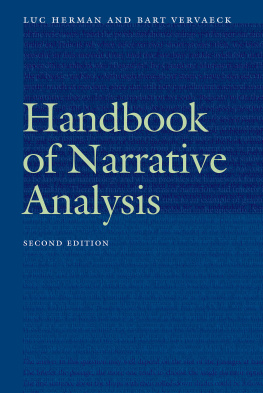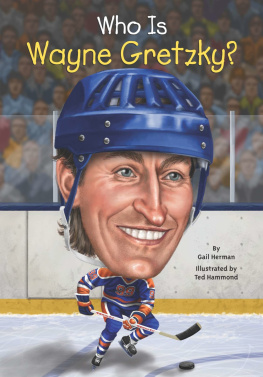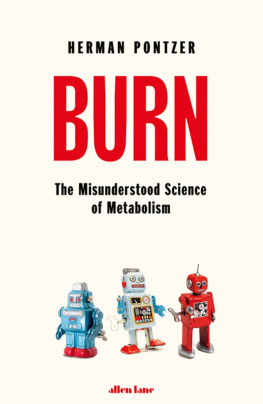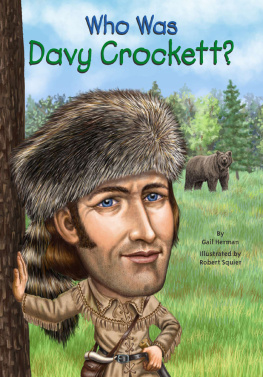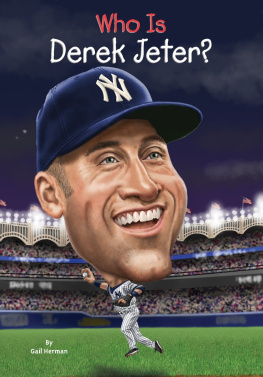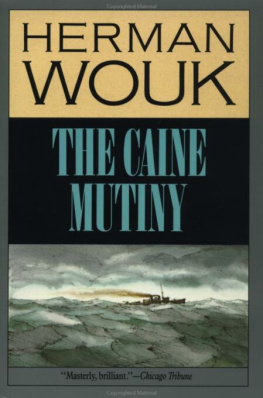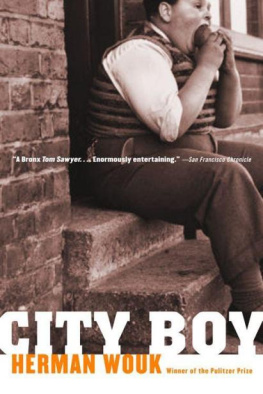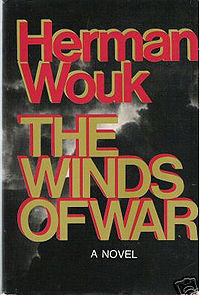Herman Luc - Handbook of Narrative Analysis
Here you can read online Herman Luc - Handbook of Narrative Analysis full text of the book (entire story) in english for free. Download pdf and epub, get meaning, cover and reviews about this ebook. City: Lincoln, year: 2019, publisher: University of Nebraska Press, genre: Romance novel. Description of the work, (preface) as well as reviews are available. Best literature library LitArk.com created for fans of good reading and offers a wide selection of genres:
Romance novel
Science fiction
Adventure
Detective
Science
History
Home and family
Prose
Art
Politics
Computer
Non-fiction
Religion
Business
Children
Humor
Choose a favorite category and find really read worthwhile books. Enjoy immersion in the world of imagination, feel the emotions of the characters or learn something new for yourself, make an fascinating discovery.
- Book:Handbook of Narrative Analysis
- Author:
- Publisher:University of Nebraska Press
- Genre:
- Year:2019
- City:Lincoln
- Rating:5 / 5
- Favourites:Add to favourites
- Your mark:
- 100
- 1
- 2
- 3
- 4
- 5
Handbook of Narrative Analysis: summary, description and annotation
We offer to read an annotation, description, summary or preface (depends on what the author of the book "Handbook of Narrative Analysis" wrote himself). If you haven't found the necessary information about the book — write in the comments, we will try to find it.
Handbook of Narrative Analysis — read online for free the complete book (whole text) full work
Below is the text of the book, divided by pages. System saving the place of the last page read, allows you to conveniently read the book "Handbook of Narrative Analysis" online for free, without having to search again every time where you left off. Put a bookmark, and you can go to the page where you finished reading at any time.
Font size:
Interval:
Bookmark:
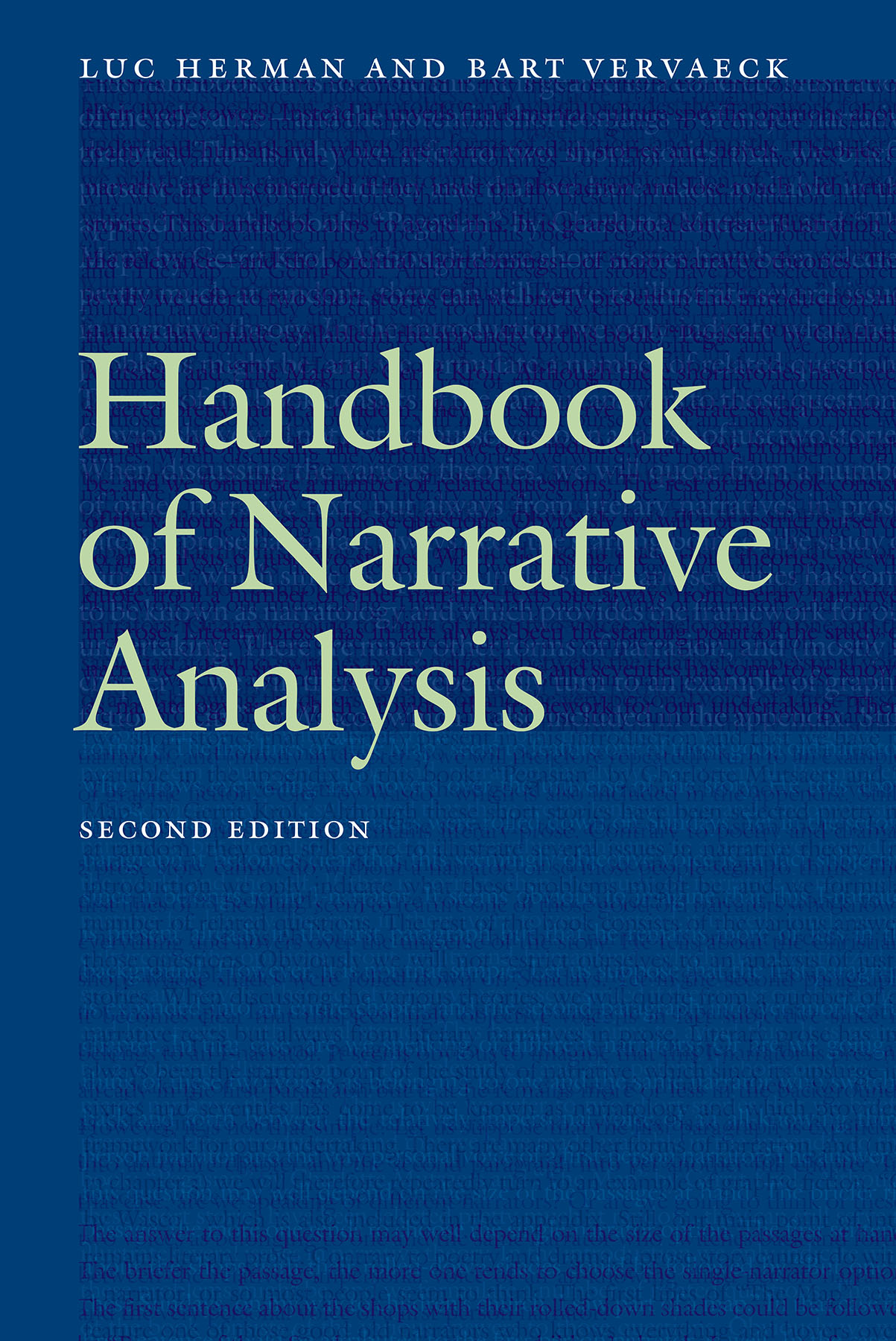
A comprehensive and coherent account of narratology; [Handbook of Narrative Analysis] is engaging and readable and explicitly oriented towards the readers experience.
Sabine Gross, Monatshefte
Frontiers of Narrative
Series Editor
Jesse E. Matz, Kenyon College
Luc Herman and Bart Vervaeck
University of Nebraska Press | Lincoln
Second edition 2019 by the Board of Regents of the University of Nebraska
Cover designed by University of Nebraska Press.
Vertelduivels: Handboek verhaalanalyse 2001 uitgeverij Vantilt & VUBPRESS 2001 Bart Vervaeck, Leest & Luc Herman, Antwerpen. Translation 2005 by the Board of Regents of the University of Nebraska.
All rights reserved.
Library of Congress Cataloging-in-Publication Data
Names: Herman, Luc, author. | Vervaeck, Bart, author.
Title: Handbook of narrative analysis / Luc Herman and Bart Vervaeck.
Other titles: Vertelduivels. English
Description: Second edition. | Lincoln: University of Nebraska Press, [2019] | Series: Frontiers of narrative | Includes bibliographical references and index.
Identifiers: LCCN 2019015613
ISBN 9781496217141 (paper: alk. paper)
ISBN 9781496218537 (epub)
ISBN 9781496218544 (mobi)
ISBN 9781496218551 (pdf)
Subjects: LCSH : Narration (Rhetoric)
Classification: LCC PN 212 . H 4813 2019 | DDC 808/.036dc23 LC record available at https://lccn.loc.gov/2019015613
The publisher does not have any control over and does not assume any responsibility for author or third-party websites or their content.
Charlotte Mutsaers
Gerrit Krol
Wasco
We are grateful to the University of Nebraska Press for giving us the chance to expand and revise this book. Thanks in particular to Kristen Elias Rowley and her successor, Alicia Christensen, for supervising the new project. We have made a number of corrections and additions to chapters 1 and 2 (especially on setting and character), and we have completely overhauled chapter 3 so that it covers all the major developments in postclassical narratology. Special thanks to the Dutch graphic artist Wasco, whose narrative City we have used as an extra test case, and to Jan Baetens, Lars Bernaerts, and Dirk de Geest, who generously shared their expert knowledge during the preparation of this new edition. Luc Vernimmen helped us with some of the tables and figures. Thanks also to Tom Vandevelde and Koen De Temmerman, whose eagle eyes helped us to iron out details in chapter 2. The section on cultural narratology and socio-narratology in chapter 3 is based on an early version of Luc Herman and Bart Vervaeck, A Theory of Narrative in Culture, Poetics Today 38, no. 4 (2017): 60534.
People cannot do without narratives. From the oldest myths and legends to postmodern fabulation and beyond, narration has always been central. Postmodern philosophers may have submitted that there are no longer any grand, encompassing narratives, but they also contend that everything amounts to a narrative, including the world and the self. If that is correct, then the study of narrative is not just a pastime for literary theorists in their ivory towers. Instead it unveils fundamental culture-specific opinions about reality and humankind, which are narrativized in stories and novels.
Theories of narrative are misconstrued if they insist on abstraction and lose touch with actual stories. This handbook aims to avoid this. It is geared to a concrete illustration of the relevanceand the potential shortcomingsof major narrative theories. This is why we refer to two short stories that we briefly present in this introduction and that we have made available in the appendix to this book: Pegasian by Charlotte Mutsaers and The Map by Gerrit Krol. Although these short stories have been selected pretty much at random, they can still serve to illustrate several issues in narrative theory. In the introduction we only indicate what these problems might be, and we formulate a number of related questions. The rest of the book consists of the various answers to those questions.
Obviously we will not restrict ourselves to an analysis of just two stories. When discussing the various theories, we will quote from a number of other narrative texts but always from literary narratives in prose. Literary prose has in fact always been the starting point of the study of narrative, which since its upsurge in the sixties and seventies has come to be known as narratology and which provides the framework for our undertaking. There are many other forms of narration, and (mostly in chapter 3) we will therefore repeatedly turn to an example which is also included in the appendix. Still, our main point of interest remains literary prose.
Contrary to poetry and drama, a prose story cannot do without a narrator, or so most people seem to think. The first lines of The Map seem to feature one of those good old narrators who knows everything and hovers over the universe of the story. He tells about the Christian shops whose shades were rolled down on Sundays. Yet in the second paragraph it becomes clear that this seemingly objective voice is in fact subjective since it belongs to an I-narrator. It seems obvious to imagine that this I-narrator is present already in the first paragraph but that he remains more or less in the background. However, it is not that simple. Let us suppose that the first paragraph is expanded into an entire chapter and the second paragraph into yet another full chapter. In that case, are we speaking of different narrators? Or are we going to think of these two voices as belonging to one and the same narrator who switches back and forth between the relatively impersonal voice of an all-knowing third-person narrator and the very personal voice of a first-person narrator?
The answer to this question may well depend on the size of the passages at hand. The briefer the passage, the more one tends to choose the single-narrator option. The first sentence about the shops with their rolled-down shades could be followed by But one of these Sundays, on my way to childrens church, I saw part of a map. In that case the first sentence would be attributed to the first-person narrator as well. In the case of a paragraph this becomes less obvious, and in the case of a chapter even less so. All this may seem quite irrelevant, but in fact it amounts to a fundamental problem. Is it possible to say that a text is narrated by one specific type of narrator? Or is there a constant change? Would it be correct to suggest that a traditional nineteenth-century novel, for instance, is narrated by a third-person narrator?
Put in more abstract terms, we are dealing here with the demarcation of units for investigation. Does a narrator have to be defined for every unit, or does every unit have to fit into a larger subdivision of the novel or story? A case in point, to which we will return, is the famous monologue by Molly Bloom in the final chapter of Ulysses. If you consider this chapter separately, you could say that Molly narrates what is going on in her mind. However, if you consider this chapter in conjunction with the rest of the novel, you could say that there is an omniscient narrator who quotes or recounts Mollys thoughts. Drawing a borderline between narrative units is therefore of paramount importance. If the chapter is a separate unit, then the character is the narrator. If the chapter is part of the larger whole, then the narrator is not a character at all.
Next pageFont size:
Interval:
Bookmark:
Similar books «Handbook of Narrative Analysis»
Look at similar books to Handbook of Narrative Analysis. We have selected literature similar in name and meaning in the hope of providing readers with more options to find new, interesting, not yet read works.
Discussion, reviews of the book Handbook of Narrative Analysis and just readers' own opinions. Leave your comments, write what you think about the work, its meaning or the main characters. Specify what exactly you liked and what you didn't like, and why you think so.

